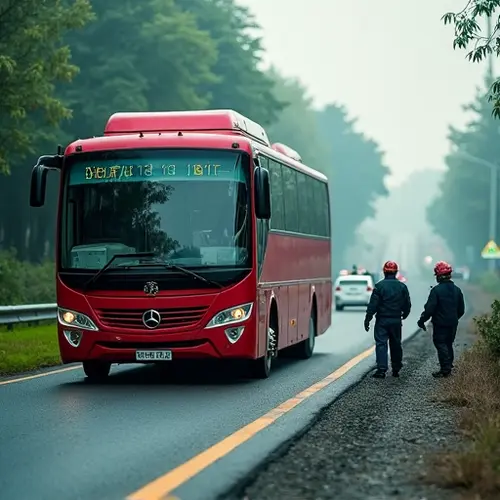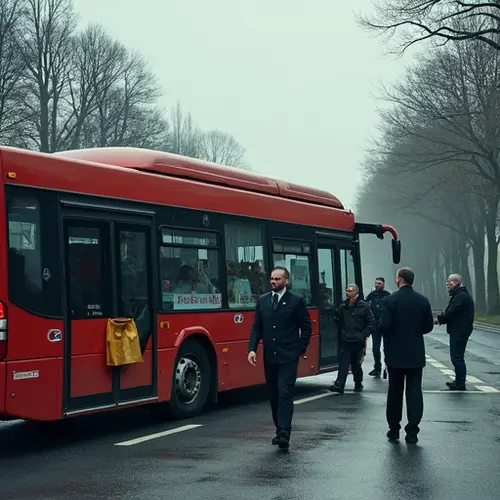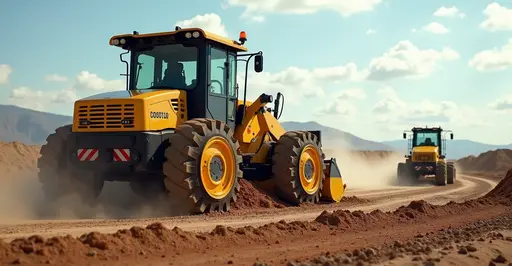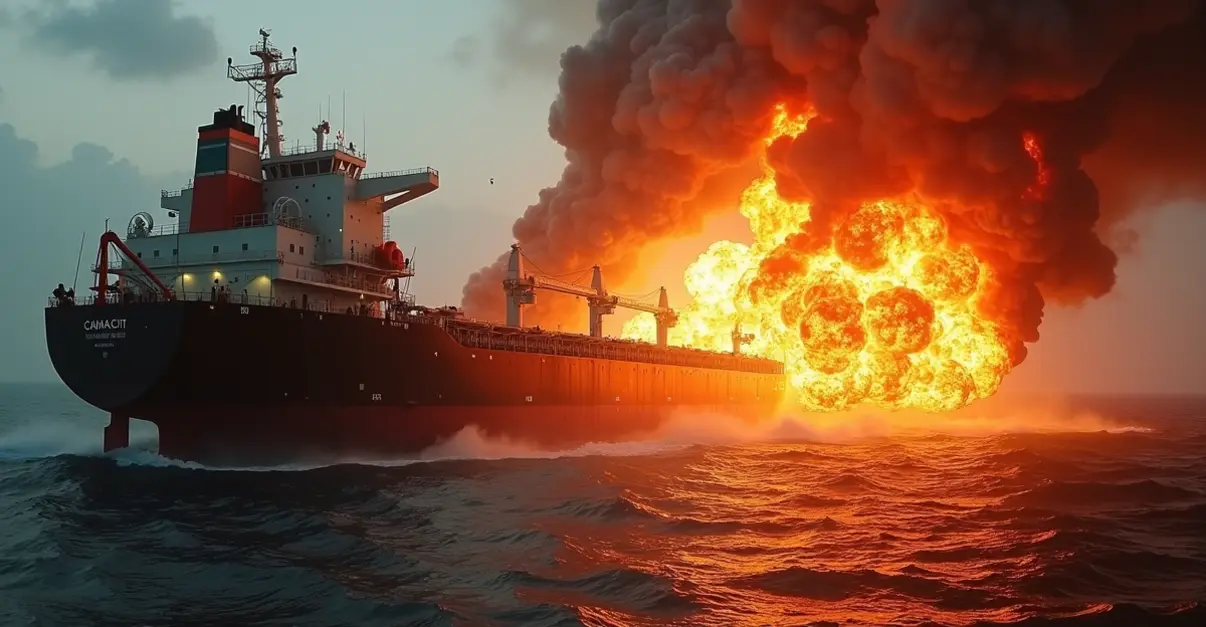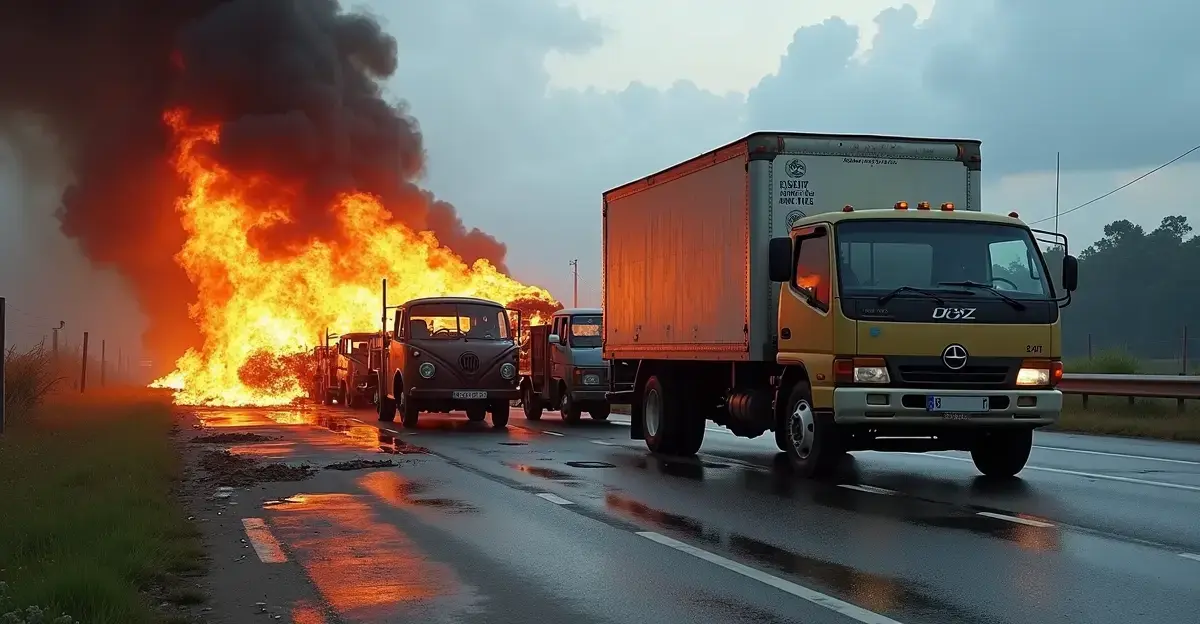Highway pileups during dense fog conditions cause devastating multi-vehicle collisions worldwide. These accidents often result from drivers maintaining high speeds in reduced visibility, creating deadly chain reactions that overwhelm emergency services.

Major Traffic Catastrophes During Fog Conditions
Highway pileups during dense fog conditions continue to be one of the deadliest forms of traffic accidents worldwide. These multi-vehicle collisions, often involving dozens of cars and trucks, create devastating chain reactions that can stretch for miles and overwhelm emergency response teams.
The Anatomy of a Fog-Related Pileup
According to traffic safety experts, fog-related pileups typically begin when one vehicle encounters reduced visibility and either slows suddenly or stops completely. Subsequent drivers, following too closely at high speeds, are unable to react in time, creating a domino effect. "The problem is that drivers maintain highway speeds even when visibility drops to near-zero," explains Dr. Sarah Jenkins, a transportation safety researcher. "By the time they see brake lights, it's often too late to stop."
Recent Statistics and Trends
Data from the Fatality Analysis Reporting System reveals that between 2005 and 2021, there were 138 fatal crashes involving at least ten vehicles in the United States alone. These massive pileups are over 100 times more likely to result in five or more fatalities compared to smaller accidents. The most dangerous time for these incidents occurs during the transition from late afternoon to early evening, with one-third of pileups happening between 2 p.m. and 7 p.m.
Why Fog Creates Perfect Storm Conditions
Fog presents unique challenges for drivers. The sudden reduction in visibility combined with often wet road surfaces creates ideal conditions for multi-vehicle collisions. Unlike other weather conditions that develop gradually, fog can appear almost instantly, catching drivers off guard. "People don't adjust their driving behavior quickly enough when fog rolls in," says veteran truck driver Michael Rodriguez. "I've seen cars whizzing past me at 70 mph when I can barely see 50 feet ahead."
Emergency Response Challenges
Multiple-vehicle collisions create nightmare scenarios for first responders. The mass of crumpled vehicles makes escape difficult for survivors, and the risk of secondary collisions continues even after the initial crash. Fires can spread rapidly through spilled gasoline, and the sheer number of victims often overwhelms local emergency services. "We've had incidents where we're trying to extract people from wreckage while other vehicles are still sliding into the crash scene," reports Fire Captain David Chen.
Prevention and Safety Measures
Transportation authorities recommend several key strategies to prevent fog-related pileups:
- Reducing speed significantly when visibility decreases
- Increasing following distance to at least 4-5 seconds
- Using low-beam headlights (high beams reflect off fog)
- Avoiding sudden braking or lane changes
- Pulling completely off the road if visibility becomes dangerously low
Many states have implemented fog warning systems and variable speed limit signs that adjust based on current conditions. Some highways now feature infrared thermal imaging cameras that can detect vehicles in fog better than human eyes.
The Human Factor
Despite technological advances, human behavior remains the critical factor in preventing these tragedies. "The technology exists to warn drivers about fog conditions miles ahead," notes transportation engineer Lisa Park. "But if drivers choose to ignore those warnings or don't adjust their driving, we'll continue to see these devastating pileups."
As climate patterns shift and fog events may become more frequent in certain regions, experts emphasize that driver education and awareness remain the most effective tools for preventing these catastrophic chain-reaction collisions.

 Nederlands
Nederlands English
English Français
Français Deutsch
Deutsch Español
Español Português
Português


